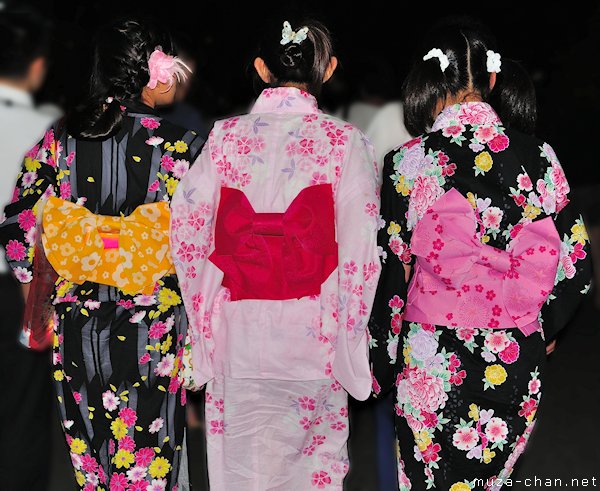The impressive sash used today to tie the kimono or the yukata (called obi in Japanese) evolved from a narrow, less than 10 centimeters-wide belt which was similar for men and women. Today, the obi for women is sometimes as wide as 30 cm (worn folded in two), with a length of 3-4 meters. The node’s position also changed: initially it was worn in the front, while today the node is placed on the back.
Of course, such a wide obi requires its own accessories: depending on the node (musubi in Japanese), there are cords, pads and scarves made especially to support it… And there are hundreds of node variants, because the node always says something about its wearer: there are nodes for girls and for married women, nodes for maiko, for brides or for various events…
One of the most popular nodes is the chōchō-musubi ("butterfly knot") - in the photo. It’s a beautiful version and it is also available ready-made - tsuke obi.
EXIF Info:
|
Yesterday’s Japan Photo:Japanese gardens, Gogan-ishigumi |



